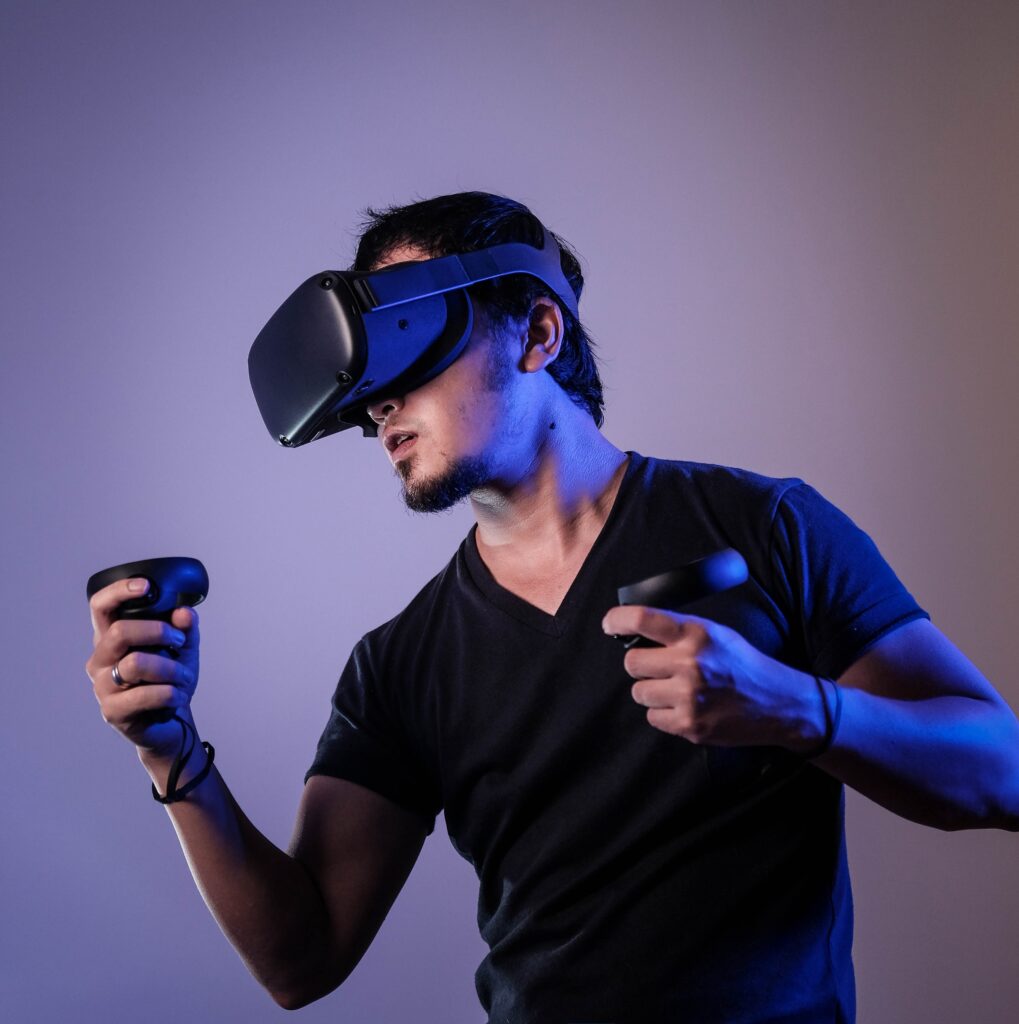VR – The Future of Architectural Design
As members of RICS, our Hampshire-based team have committed to ongoing professional development, and we see this as vitally important. It gives our clients confidence in our professional capabilities and ensures we stay updated with developments in a fast-paced industry. But at Axis, we like to push the boundaries of innovation on all fronts, so we have been looking more closely at the future of architectural design and have been focusing on offering VR Architectural design services, within our practice

What is virtual reality in architectural design?
In architectural design, virtual reality (VR) uses computer-generated 3D virtual environments to simulate and experience architectural spaces.
We can create virtual models of buildings and environments with VR technology, which can be experienced through VR headsets (such as Oculus or Apple’s soon-to-be-released Vision Pro). The virtual spaces we model are immersive, interactive, and realistic.
As clients navigate these virtual spaces, they see different perspectives and how their design will look and feel at various times of the day or night. They can interact with elements such as walls, furniture, and lighting. We render the virtual environment with accurate dimensions, textures, and lighting effects to provide a realistic representation of the intended design.
Undoubtedly, VR will facilitate clearer communication between architects and clients. It allows us to present designs more effectively, ensuring our clients comprehensively understand the proposed plan.
Benefits for Clients:
Enhanced Visualisation:
It’s no secret that 2-D and even 3-D designs sometimes leave clients struggling to visualise their projects. But, with VR, clients can visually immerse themselves in the virtual environment and gain a realistic understanding of the proposed design. This experience helps them make informed decisions about the project and can minimise expensive mistakes.
Improved Communication:
VR enables clients to communicate their preferences and provide feedback more effectively. So, it ensures a more streamlined and effective design process.
Early Design-Stage Exploration:
Clients can actively participate in the design process by virtually exploring the design options at an early stage. They can make modifications, experiment with materials, and understand the impact of design decisions, allowing for more collaborative and customised design solutions. Again, it can save money by ensuring the client doesn’t have to make last-minute hasty or costly decisions on-site.
Benefits for Planners:
Streamlined Approval Process:
VR can help planners evaluate design proposals and their impact on the surrounding environment. Planners can virtually explore the proposed development, assess its compliance with regulations, and make informed decisions regarding zoning, land use, and environmental factors.
Data-Driven Decision-Making:
Planners can integrate VR with data visualisation and analysis tools that support their data-driven decisions. It provides a platform to analyse and evaluate various design scenarios.
- Considering factors such as traffic flow.
- Sunlight exposure.
- Environmental impacts.
Effective Public Engagement:
Another key point to make here is that in the future, we see virtual reality enabling more public engagement in planning. It would allow community members to experience and provide feedback on proposed developments.
Using VR in your Architectural Design Project:
At Axis, we have everything we need at our Hampshire-based practice to use VR on your next architectural design project. This includes the software, the hardware and, most notably, the expertise. If you’d like to learn more about the process, please get in touch. We work with clients locally in Hampshire and around the UK.
Contact us HERE.

